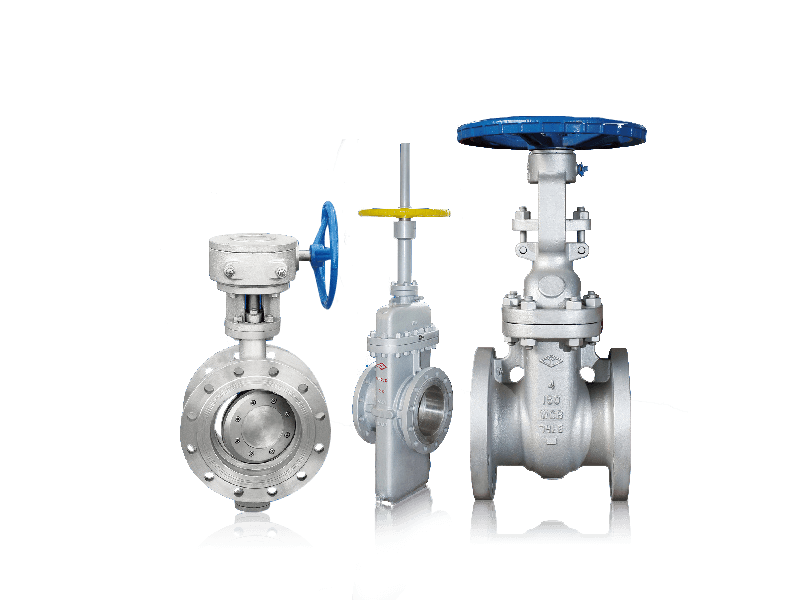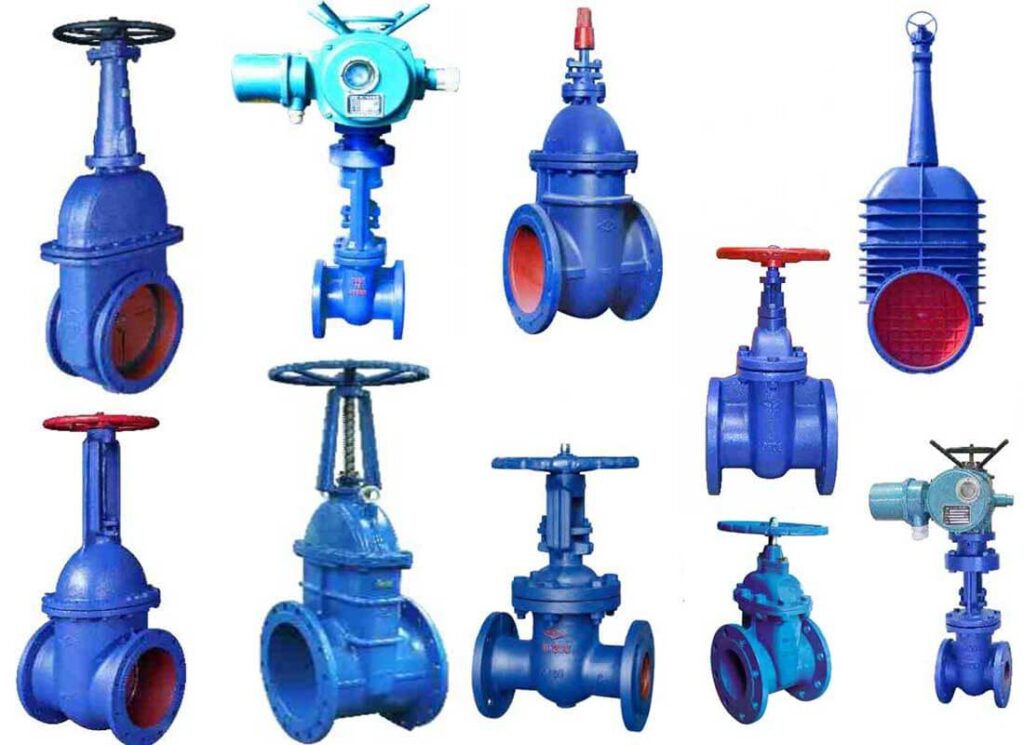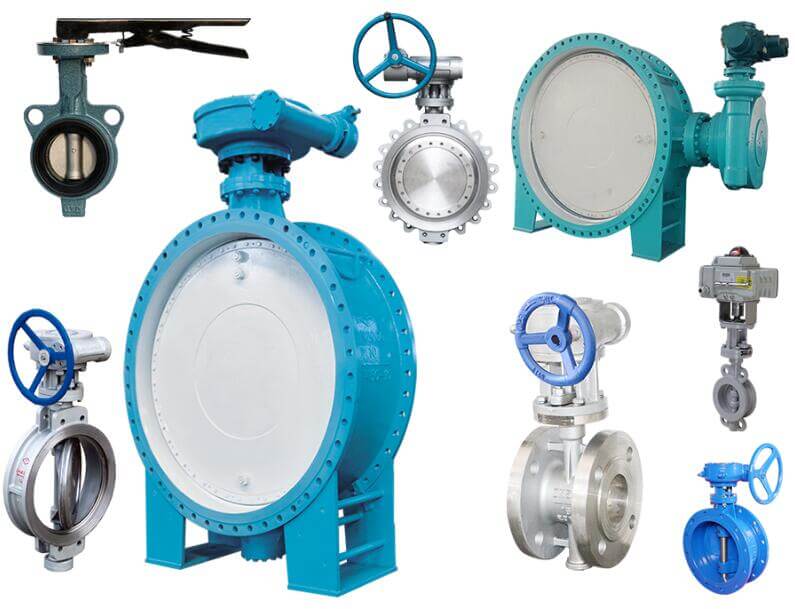Two valve designs that frequently come into consideration are gate valve vs butterfly valve. While both serve the purpose of regulating flow, they differ significantly in their construction, การดำเนินการ, and performance characteristics. ในฐานะผู้เชี่ยวชาญด้านวาล์วที่ช่ำชอง, I am often asked to provide guidance on selecting the most suitable valve type for various industrial applications. Choosing between these two valve types requires a thorough understanding of their respective strengths and limitations.

วาล์วประตู: Robust and Reliable Workhorses

Gate valves have long been recognized as robust and reliable workhorses in the valve industry. Their design features a wedge-shaped gate that moves perpendicular to the flow path, allowing for a full-bore opening when in the open position. This characteristic minimizes resistance to flow, making gate valves an excellent choice for applications where pressure drop is a critical concern, such as in water distribution systems, ท่อส่งน้ำมันและก๊าซ, and power generation facilities.
One of the key advantages of gate valves is their ability to provide a tight seal when in the closed position, ensuring effective shut-off capabilities. They are also known for their bidirectional flow capability, which allows them to control flow in either direction, making them versatile for applications where flow reversal may occur.
อย่างไรก็ตาม, gate valves do have some limitations. They typically require higher operating torque compared to other valve types, which can make them less suitable for applications that require frequent operation. นอกจากนี้, gate valves are not recommended for throttling services, as the partially open position can cause erosion and damage to the valve components over time.
วาล์วปีกผีเสื้อ: Compact and Cost-Effective Solutions

Butterfly valves, ในทางกลับกัน, offer a unique combination of compact design and cost-effectiveness. These valves feature a circular disc that rotates on a stem, allowing the disc to align with the flow path in the open position and perpendicular to the flow in the closed position.
One of the key advantages of butterfly valves is their lightweight and compact construction, which makes them easier to install and maintain, particularly in space-constrained applications. They are also relatively inexpensive compared to other valve types, making them an attractive option for budget-conscious projects.
Butterfly valves are well-suited for applications that require frequent operation or throttling services, as their design allows for smooth and efficient operation with minimal torque requirements. อย่างไรก็ตาม, they do have limitations in terms of pressure and temperature capabilities, as well as their ability to provide a tight shut-off, particularly in larger sizes or when handling certain types of media.
การประเมินทางเลือกที่เหมาะสมที่สุด
When selecting between gate valves and butterfly valves, it is crucial to consider the specific requirements of the application, including factors such as pressure and temperature conditions, flow characteristics, potential for erosion or corrosion, and the need for tight shut-off or bidirectional flow control.
In applications where high pressures, extreme temperatures, or bidirectional flow control are required, gate valves are often the preferred choice due to their robust construction and reliable performance. They are commonly used in industries such as oil and gas, การผลิตกระแสไฟฟ้า, และระบบจำหน่ายน้ำ.
Butterfly valves, ในทางกลับกัน, are well-suited for applications that prioritize cost-effectiveness, frequent operation, or throttling capabilities. They are commonly found in industries such as chemical processing, เยื่อและกระดาษ, และระบบ HVAC, where their compact design and efficient operation are valued.
Reputable valve manufacturers like ผู้ผลิตวาล์วอุตสาหกรรม Farpro Yuanda offer a wide range of both gate valves and butterfly valves, designed and manufactured to meet the highest industry standards and customer expectations. As a valve expert, I recommend thoroughly evaluating the specific application requirements and consulting with experienced professionals to ensure the optimal valve selection for each project.
